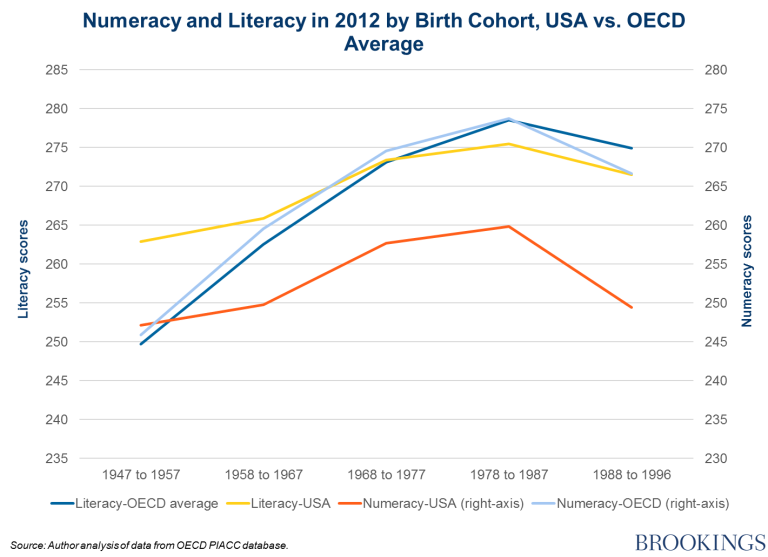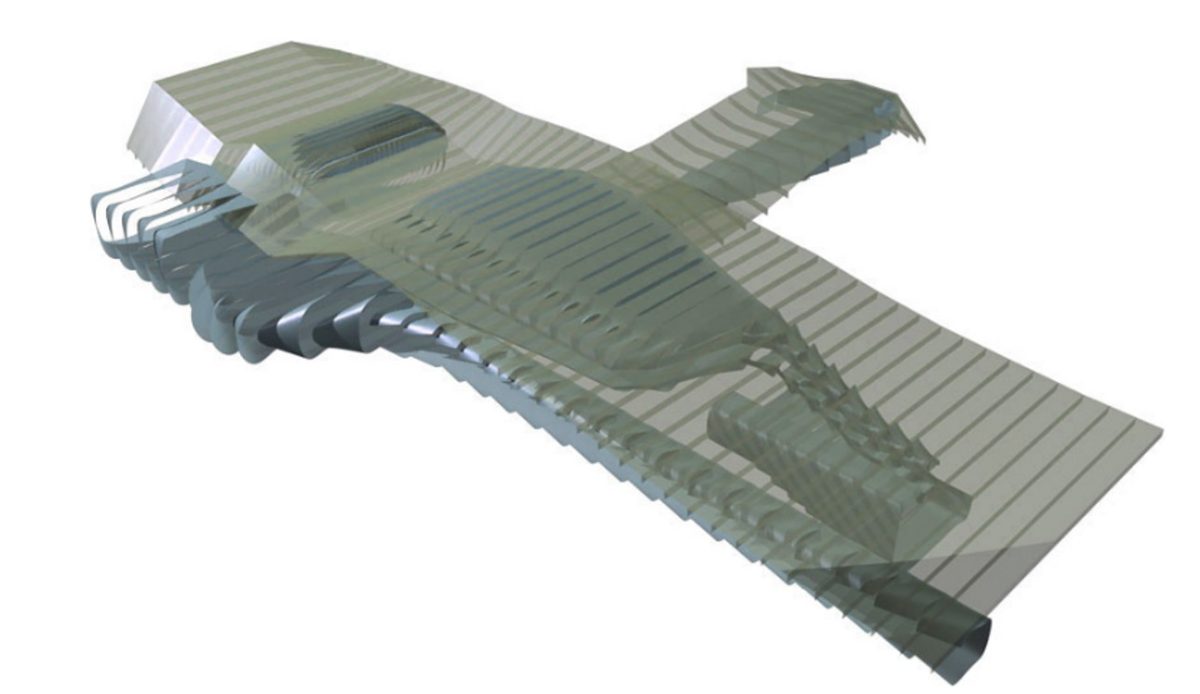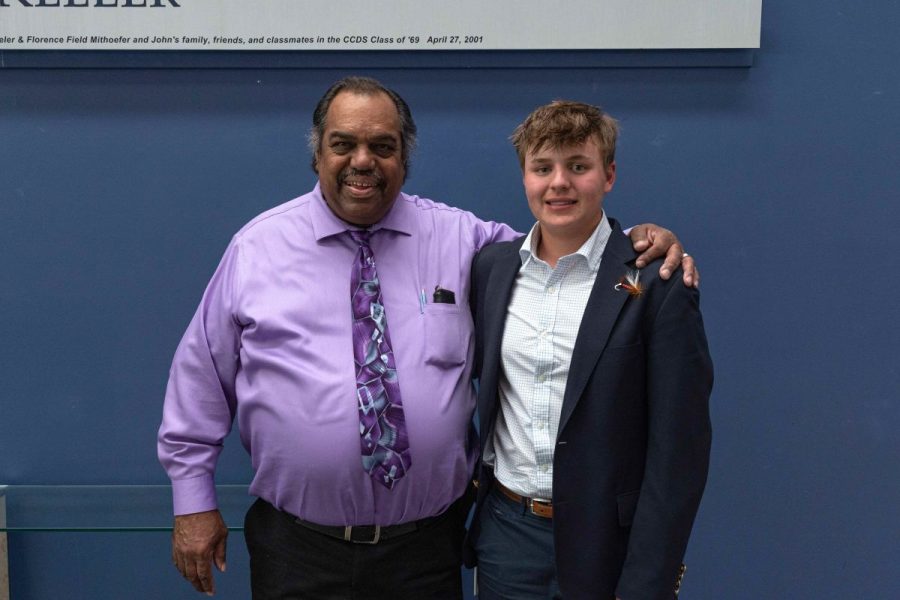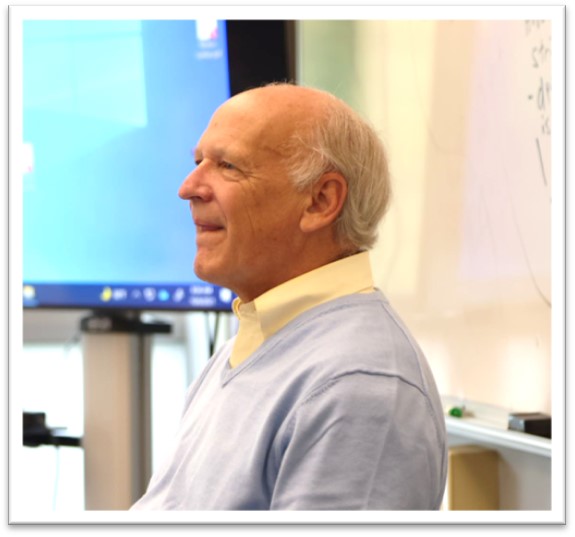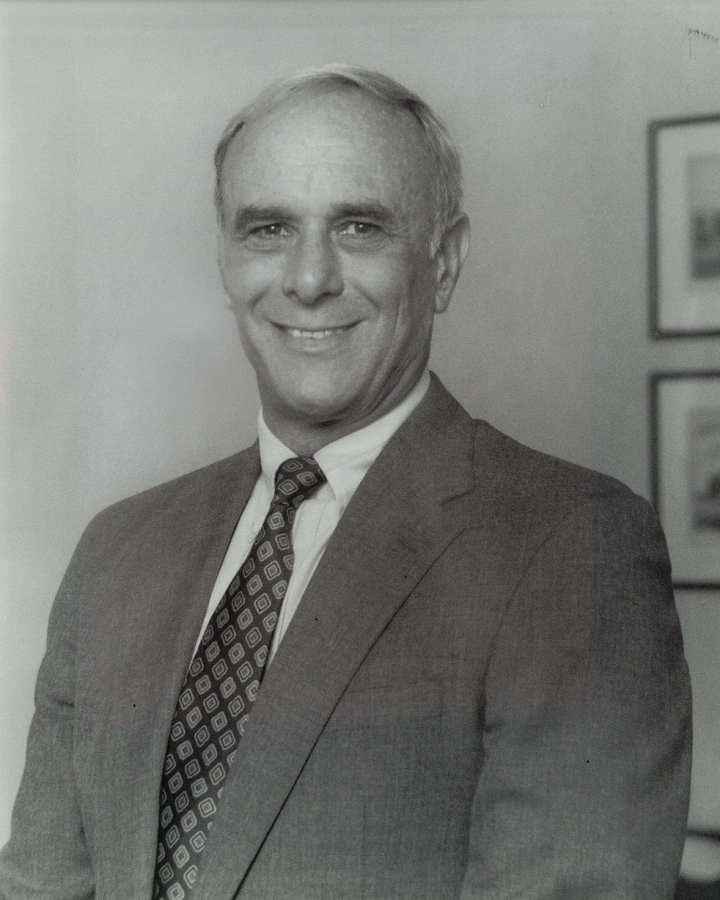By Renee Twyford ’20, Contributor
(Warning: There may be controversial topics expressed in this article. Not all facts are known; this is purely a reaction to the removal of the interactive Underground Railroad simulation previously held at Camp Joy, that the 2016-2017 sixth graders did not experience.)
As a tradition, middle schoolers go on a trip every year in order to bring them closer as a grade and to learn about something that they wouldn’t be able to in a classroom. For the seventh graders, it’s a trip to Cherokee, NC, to experience a little of what modern Native American life is like. After lots of research and projects Culture Studies classes about the different Native American tribes’ cultures, students agreed it was interesting and highly educational to see what the members of the Cherokee tribe’s lives are like present-day, and how that’s changed over the years. It’s a learning experience, not something you can teach in a classroom, or through a textbook. The same applies to the eighth graders’ trip to Washington, D.C. One of the events that I recall from this trip was visiting the Holocaust Museum. This museum displayed artwork done by children who were held in concentration camps, among many other things that would be uncomfortable for someone to see if they were under the belief that the Holocaust was just numbers; just some hundred thousand people dying. One room of the museum also included piles of shoes from the children, too. Some schools don’t like to address the tragic events have happened in the past, but my history and English teachers were acknowledging and discussing the problems. It’s important to address things that happen, not to sweep them under the rug. History is something to learn from, so that we don’t make the same mistakes ever again. No amount of numbers or textbook pictures could sum up any tragedy, but learning about historical events is much better than ignoring that they ever happened.
After interviewing a few students who had gone on the trip before the change, and a few who went during the current 2016-2017 year, I’ve discovered that this is not a topic easy for people to discuss; slavery is not an easy thing to discuss. But learning about it, and how it’s not just facts and figures, is important for everyone who wants to obtain, or wants their child to obtain, a proper education.
Most students are taught about the Underground Railroad, or at least introduced to the idea, at a very young age. It is part of the history of America; it is most certainly not something that can be ignored. However, there were some contradictory views amongst the students who went on the trip before the Underground Railroad simulation was removed from the agenda. Plenty of students said that although it was tiresome and dirty, they learned more about the Underground Railroad and were brought closer together as a grade through the activity. Some interviewees said they were somewhere in between, saying that “[they] personally felt very safe while participating and [are] sure Camp Joy had the proper safety precautions in place. If [people] felt they had to discontinue the program, then [they are] okay with that.” On the other hand, some students admitted to being scared during the trip. They also agreed that, although it was a scary during the reenactment, it was infinitely scarier for the people traveling the Underground Railroad at that time.
The current sixth graders didn’t seem to think that they were missing out on a whole lot. Although others before them had told them it was a lot of fun, they didn’t think they had much to learn. They participated in activities such as high ropes, wetland ecology, and astronomy, and agreed they had fun in the process. Some expressed relief that it wasn’t carried through, while others wished that they had had the opportunity. But it isn’t something you can plan on a whim. Learning about events in our history is more than just learning about the different dates of Revolutionary War battles. It’s more than memorizing event after event. It’s about understanding why things happened.
All in all; learning is learning. Every person has a different style, and a different way in which they absorb and retain information. I have found that only seeing something in a reading, or hearing it in a lecture given to me, does not help me to understand historical events. In no way do I expect that I am provided with a trip to the Middle East while studying Ancient Babylonia, but when given the opportunity to learn something, I take it. Information is free to everyone. The internet, libraries, and phones make communication of information infinitely easier to transport and access. But sometimes, it’s better to turn off the Surface Pro 4, and see the world how it really is, and not just through a lens.




